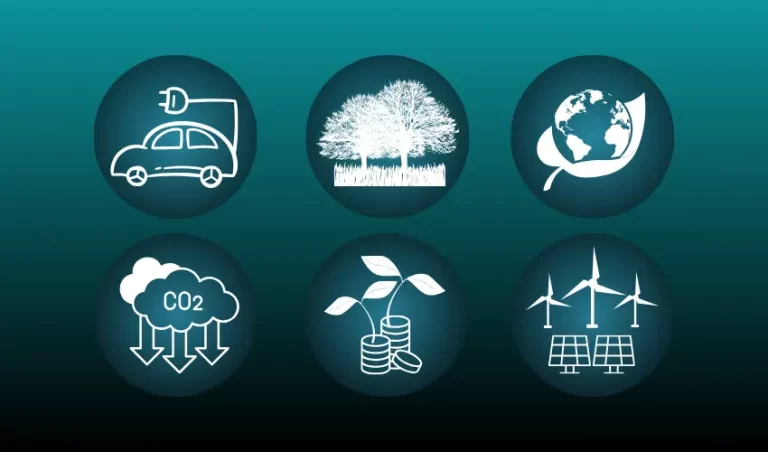Sustainable Living: Practical Actions That Save You Money
Sustainable living isn’t just about protecting the environment, it can also help you save money.
By making small, intentional changes in your everyday habits, you can reduce your energy use, lower your bills, and create a healthier lifestyle for both you and the planet.
In this guide, we break down easy-to-follow strategies to help you adopt eco-friendly practices at home, in your shopping, and beyond.
1. Maximise Home Energy Efficiency

Improving your home’s energy efficiency is one of the most impactful ways to reduce both your carbon footprint and your monthly expenses.
Every small improvement, from lighting upgrades to better insulation, can add up to significant savings over time.
Actionable Tips:
Budget Tip:
Calculate your potential savings. An average household for example can save $225 in energy costs per year using LED lighting. Consider tracking these savings in a dedicated “sustainability fund” that can be reinvested in future green improvements.
2. Adopt Sustainable Consumption Habits

Being mindful about consumption not only benefits the environment but also helps you cut unnecessary spending.
With smart planning and a few adjustments to your routine, you can reduce waste and save money.
Food and Grocery Strategies:
Budget Tip:
Stick to a grocery list and meal plan to potentially reduce your food budget by 20-30% while minimising waste.
3. Embrace Greener Transport Options

Transportation can be a significant expense as well as a major source of environmental impact.
By exploring alternative transportation methods, you can reduce both your fuel costs and your carbon emissions.
Eco-Friendly Transportation Strategies:
Budget Tip:
Track your transportation expenses and calculate your cost per mile. Compare this with the savings potential of switching to public transit or carpooling to see where you can cut costs.
Planning a holiday? Check out our 20 Tips to Travel Sustainably for further support.
4. Practice Smart, Sustainable Shopping

Rethinking your purchasing habits can have a significant environmental and financial impact.
Focusing on quality over quantity not only extends the lifespan of your purchases but also reduces waste.
Sustainable Shopping Strategies:
Budget Tip:
Create a “sustainable shopping” category in your budget to allocate funds for quality purchases. Prioritise products that offer long-term value and reduced environmental impact.
5. Conserve Water & Lower Utility Bills

Water conservation is a practical way to reduce both your environmental footprint and your monthly expenses. Simple adjustments in your water usage can lead to significant savings.
Water-Saving Tips:
Budget Tip:
Monitor your water bill before and after making these changes. Many households can achieve a reduction of at least 20% through simple water-saving measures.
6. Use Financial Tools to Support Your Goals

Incorporating sustainability into your financial planning can help you stay on track and measure the impact of your efforts.
Financial Strategies for Sustainability:
7. Cultivate a Sustainable Mindset

Transitioning to a more sustainable lifestyle is a journey. Embrace gradual changes and celebrate small victories along the way. A positive mindset can keep you motivated and help you make long-lasting improvements.
Reflection Questions to Guide You:
By answering these questions, you can begin creating a personalised plan that blends sustainable practices with financial wisdom. Remember, every small change contributes to a larger impact, both for your wallet and for the environment.
Good For Your Wallet & The Planet

Integrating sustainability into your daily routine is a win-win strategy. Not only do you benefit from reduced expenses and a smaller environmental footprint, but you also build a healthier, more resilient lifestyle.
Whether it’s upgrading your home’s energy efficiency, rethinking your shopping habits, or embracing greener transportation, every step counts. Start small, track your progress, and enjoy the journey toward a more sustainable and cost-effective future.
Ready to take the next step? Consider checking out these extra resources to support your planning further:
Make my Home Sustainable: Practical Guide to Getting Started
Home Improvements & Actions to Support Nature
10 Tips to Keep Your Home Cool During Heatwaves
Food Sustainability: 10 Practical Tips to Protect the Environment
Lastly, we’d love to hear about your only sustainability tips that lighten the load on your wallet! Let us know in the comments section below, or get in touch through our social media channels linked at the bottom of this page.







